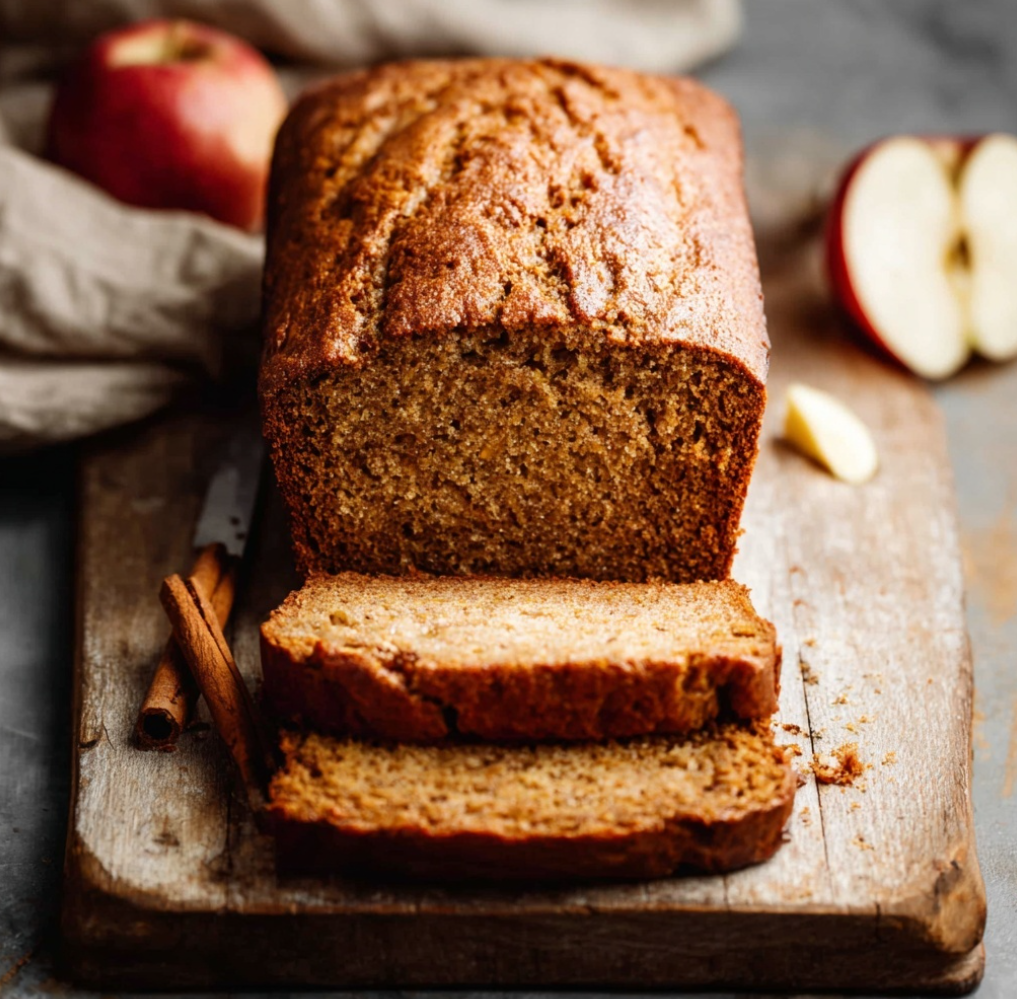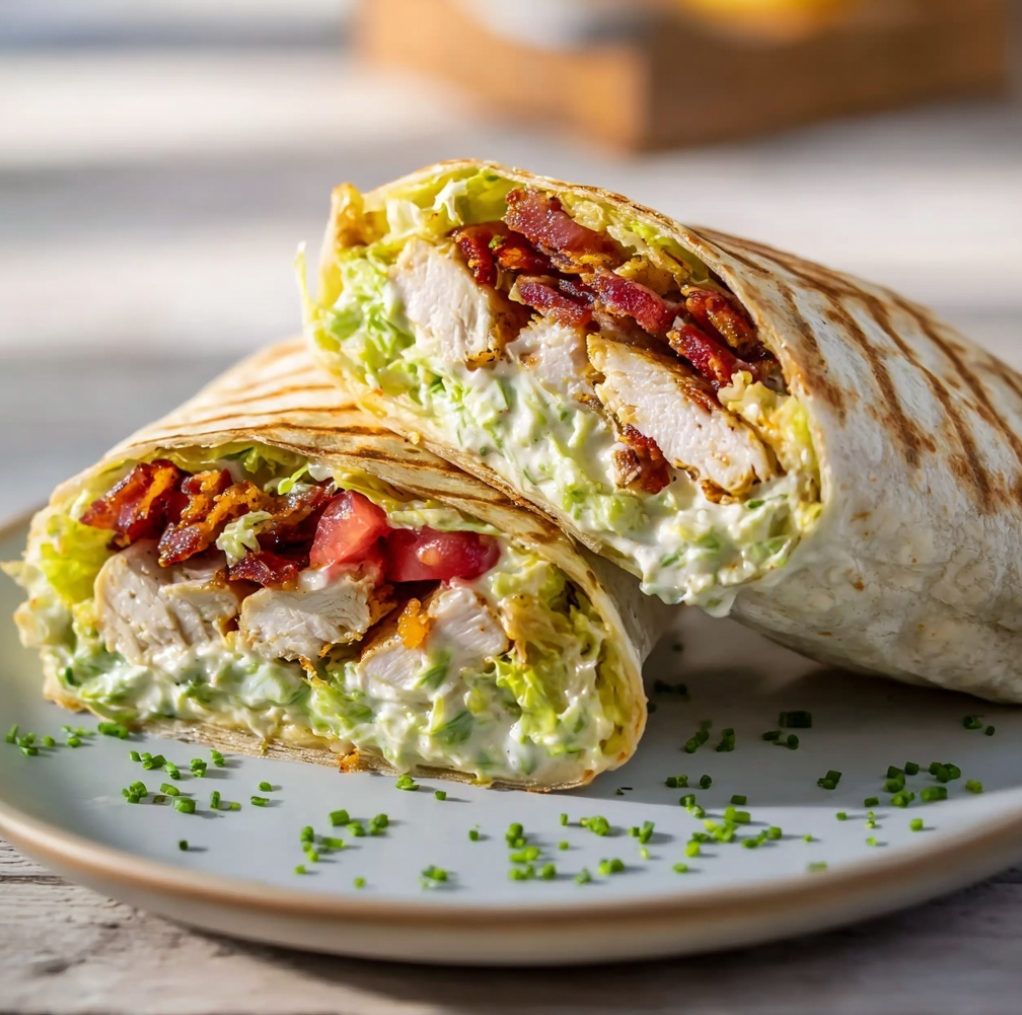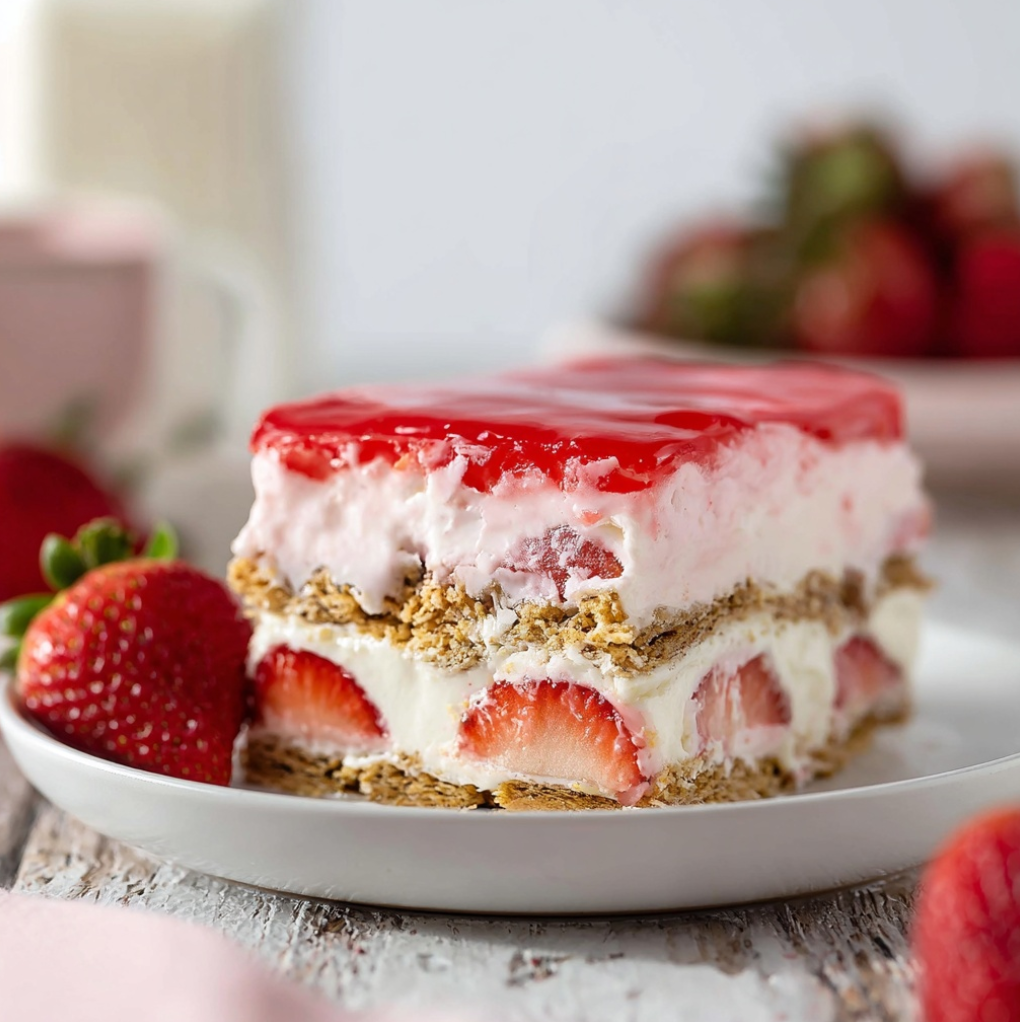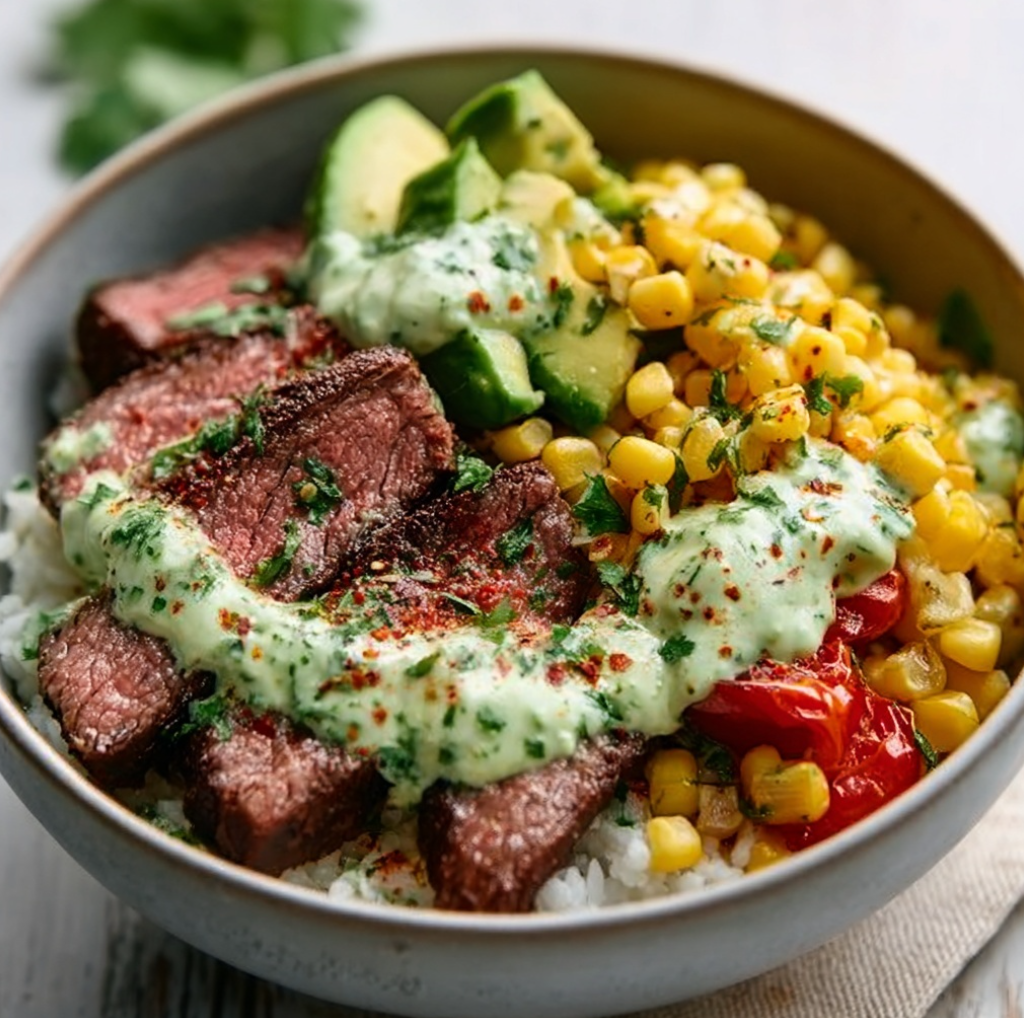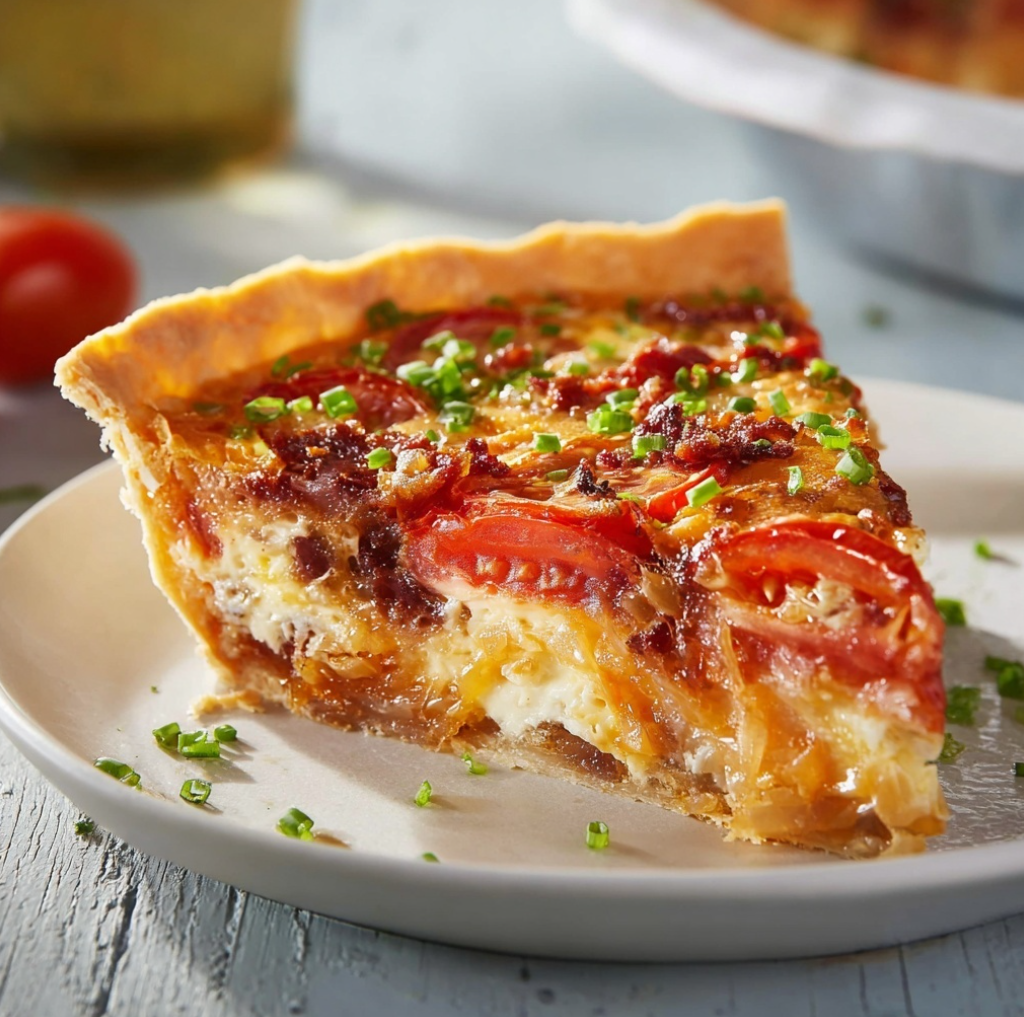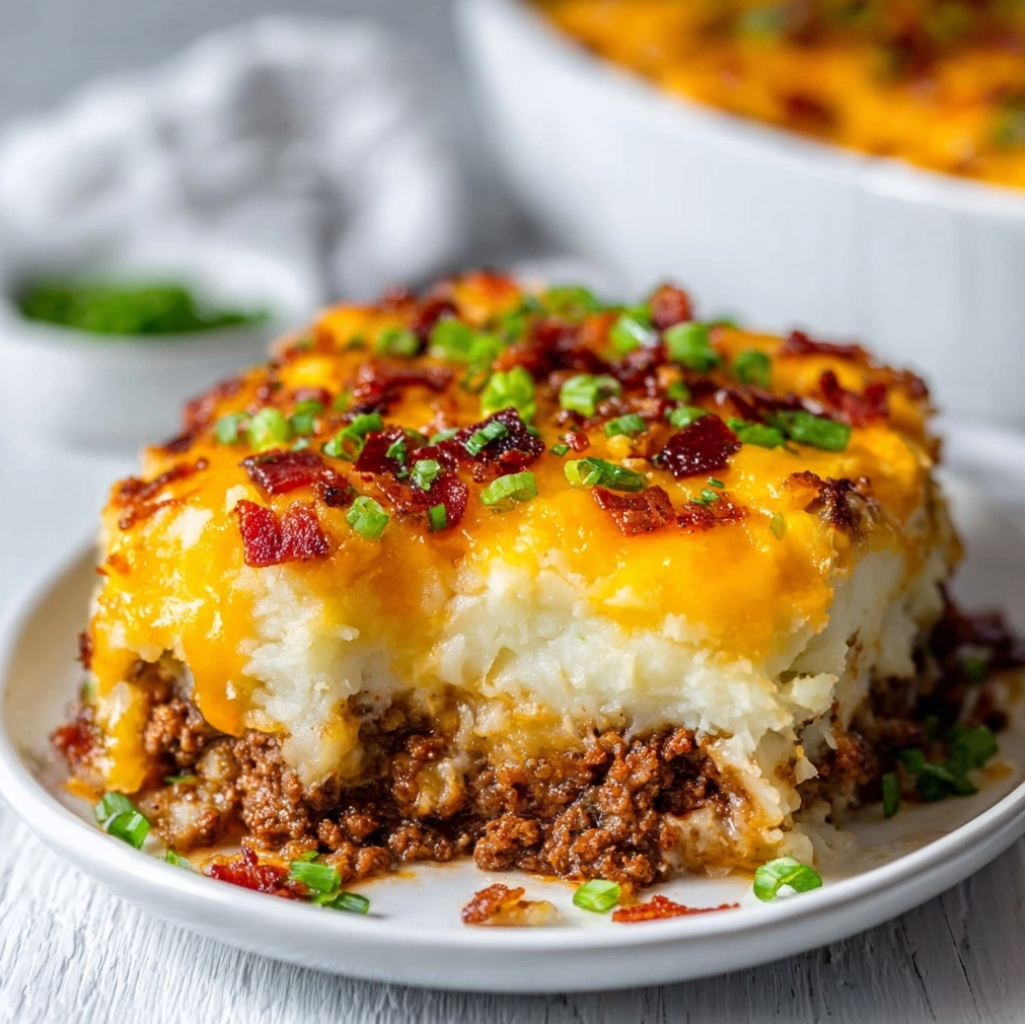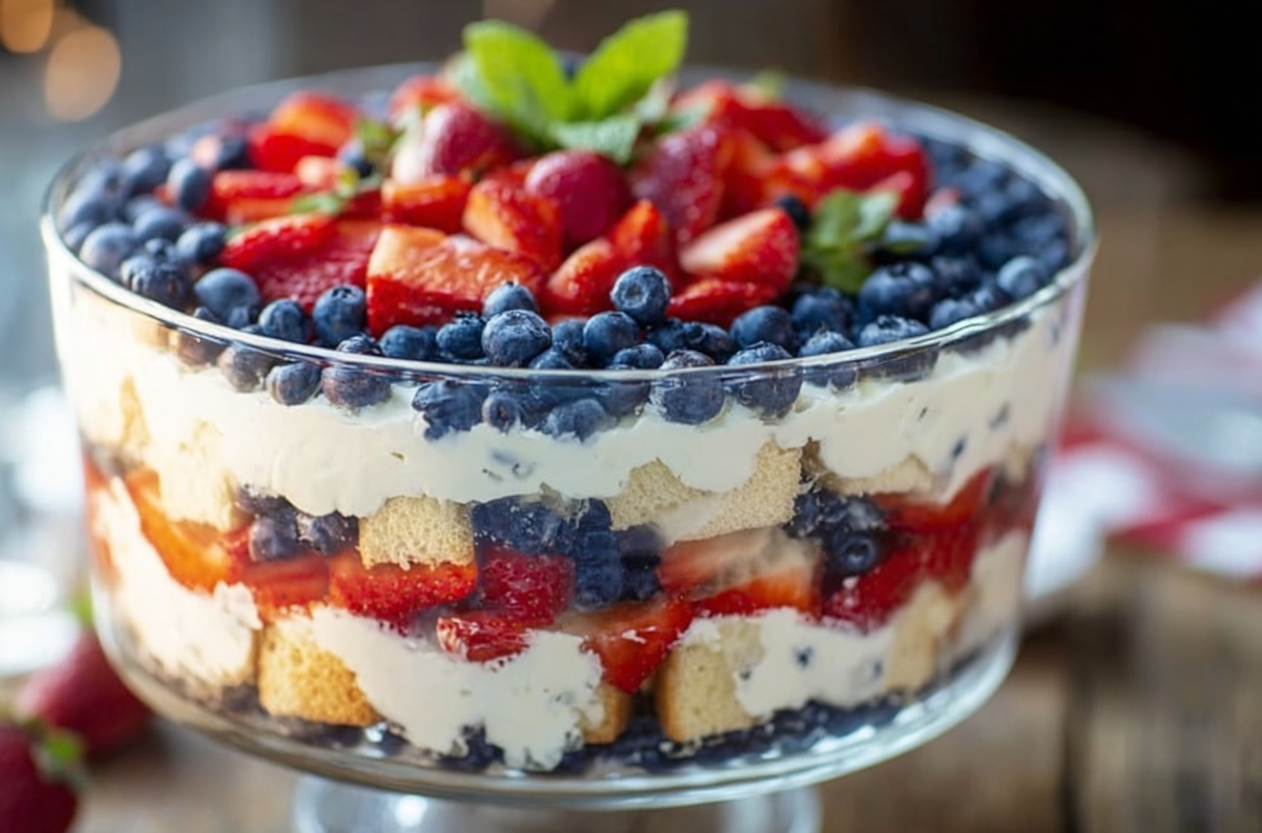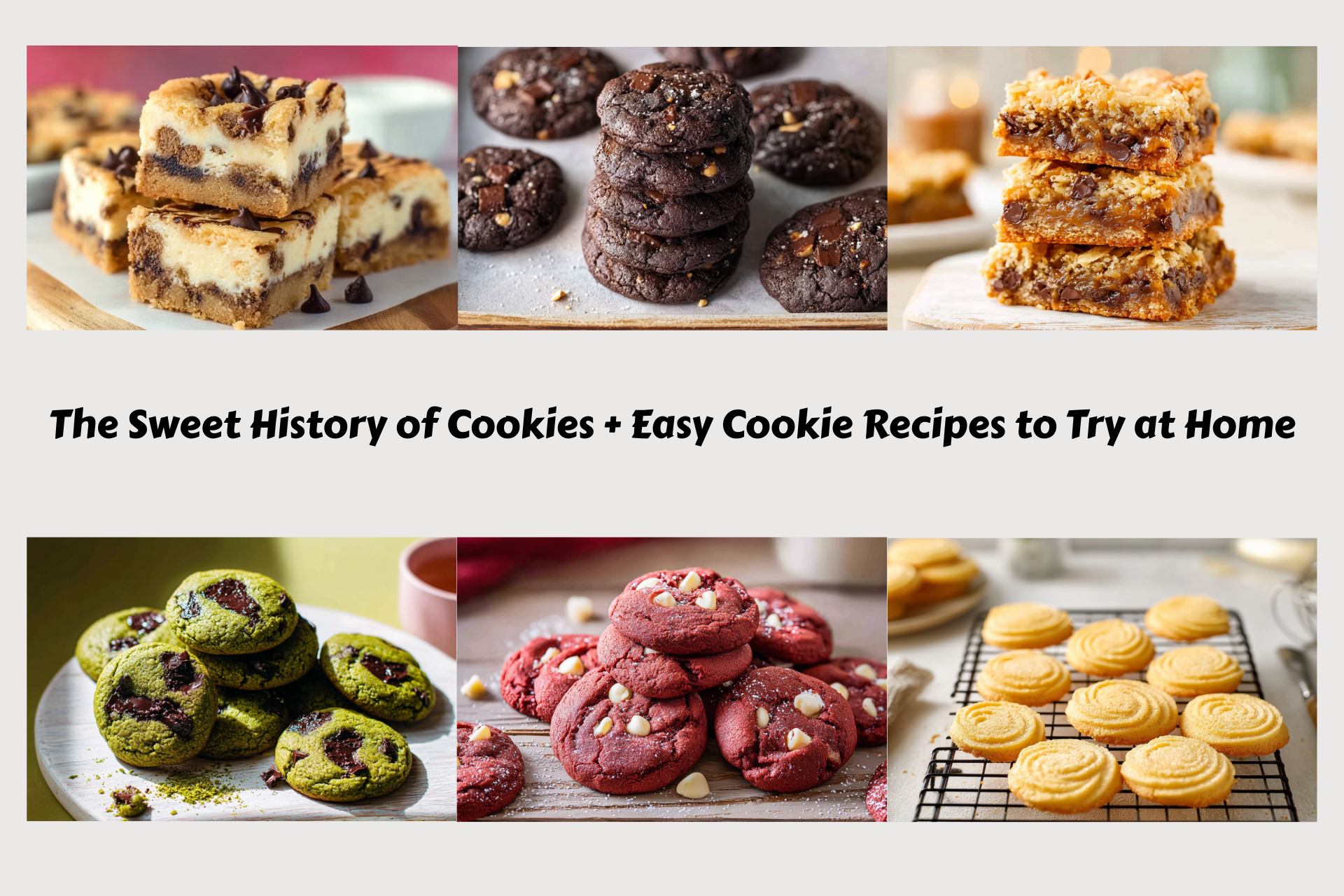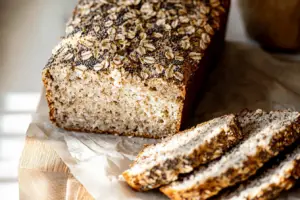Introduction to Oatmeal and Chia Bread
What is Oatmeal and Chia Bread?
Oatmeal and chia bread is a healthy and delicious bread option made from oats, chia seeds, and other nourishing ingredients. This bread is not only flavorful but also packed with nutrients. If you’re looking for a fiber-rich, gluten-free bread alternative, oatmeal and chia bread is the perfect choice.
Health Benefits of Oatmeal and Chia Bread
Including oatmeal in your diet has been linked to improved heart health and better digestion. Chia seeds are packed with omega-3 fatty acids, protein, and antioxidants, which support overall wellness. By combining these powerhouse ingredients in your bread, you’re adding a significant amount of fiber and protein to your diet.
According to Healthline’s article on oatmeal, oatmeal can help lower cholesterol and reduce the risk of heart disease. Additionally, chia seeds are recognized for their antioxidant properties and are often used as a source of plant-based protein.
Popularity of Oatmeal and Chia Bread
In recent years, oatmeal and chia bread has gained immense popularity due to the growing demand for healthier alternatives. People are increasingly shifting towards plant-based, gluten-free, and high-fiber bread options. This trend reflects the increasing awareness of the benefits of natural, wholesome foods.
By incorporating chia seeds and oats into your bread recipe, you are embracing a healthier lifestyle while enjoying a delicious homemade treat. The best part? You can easily make oatmeal and chia bread at home.
Basic Recipe for Oatmeal and Chia Bread
Ingredients for Oatmeal and Chia Bread
- 2 cups rolled oats
- 2 tablespoons chia seeds
- 1 ½ cups all-purpose flour (or gluten-free flour)
- 1 teaspoon baking soda
- ½ teaspoon salt
- 1 cup non-dairy milk (or regular milk)
- ¼ cup maple syrup (or honey)
- ½ cup water
Instructions for Making Oatmeal and Chia Bread
- Preheat the Oven: Set your oven to 350°F (175°C). Grease or line your baking pan with parchment paper.
- Mix Dry Ingredients: In a large bowl, combine the rolled oats, chia seeds, flour, baking soda, and salt.
- Add Wet Ingredients: Pour in the non-dairy milk, maple syrup, and water. Stir until the mixture is smooth and fully combined.
- Bake the Bread: Pour the batter into your prepared pan. Bake for 40-45 minutes or until the bread is golden brown and a toothpick inserted in the center comes out clean.
- Cool and Serve: Let the bread cool before slicing and serving. Enjoy this nutritious, fiber-packed loaf!
If you’re looking for more healthy bread options, you can find more ideas in this Oatmeal Recipe Guide. By following this basic recipe, you’re guaranteed to create a nutritious, fiber-rich loaf that can be enjoyed by everyone.
Advanced Techniques for Oatmeal and Chia Bread
Substituting Ingredients for Better Texture
If you prefer a fluffier bread, try incorporating a tablespoon of ground flax seeds or psyllium husk. These ingredients will help bind the bread and create a more cohesive texture. You can also experiment with using almond flour or coconut flour for a grain-free version of the bread.
Adjusting Consistency for Desired Results
To achieve a more dense texture, reduce the amount of liquid in the recipe. Conversely, if you prefer a lighter bread, you can add extra non-dairy milk or water. For an even more moist loaf, consider adding mashed bananas or applesauce to the batter.
Flavor Enhancements
For added flavor, sprinkle in cinnamon, nutmeg, or vanilla extract. These spices will elevate the overall taste, making the bread even more satisfying. You can also fold in chopped nuts, such as walnuts or almonds, for a delightful crunch. Adding raisins or dried cranberries can provide natural sweetness.
Baking Tips for Perfect Bread
If your bread is turning out too dry, ensure that you’re not overmixing the batter. Overmixing can lead to a denser, drier loaf. If your bread is too moist, reduce the amount of wet ingredients slightly. Always check the bread using a toothpick test to ensure it’s fully cooked before removing it from the oven.
See more advanced recipes, at Mobolux.

Maintenance Tips: Storing and Preserving Oatmeal and Chia Bread
Storing Oatmeal and Chia Bread
After baking, it’s essential to store your oatmeal and chia bread properly to maintain freshness. Keep the bread in an airtight container or wrap it in parchment paper and plastic wrap. This will help preserve its moisture and keep it soft for up to 4-5 days.
Freezing Oatmeal and Chia Bread
For longer storage, you can freeze the bread. Slice the bread first to make it easier to grab individual slices. Wrap the slices tightly in plastic wrap or aluminum foil and place them in a freezer-safe bag. This method will keep the bread fresh for up to 3 months. When you’re ready to enjoy it, simply thaw the slices at room temperature or toast them directly from the freezer.
Maintaining Freshness
To ensure your bread stays fresh, store it in a cool, dry place. Keep the bread away from direct sunlight or moisture, which could cause it to spoil faster. You can also keep it in the refrigerator for longer shelf life, but this may change its texture slightly.
By following these simple tips, you can enjoy your homemade oatmeal and chia bread for a longer period. Proper storage is key to maintaining its quality and flavor.
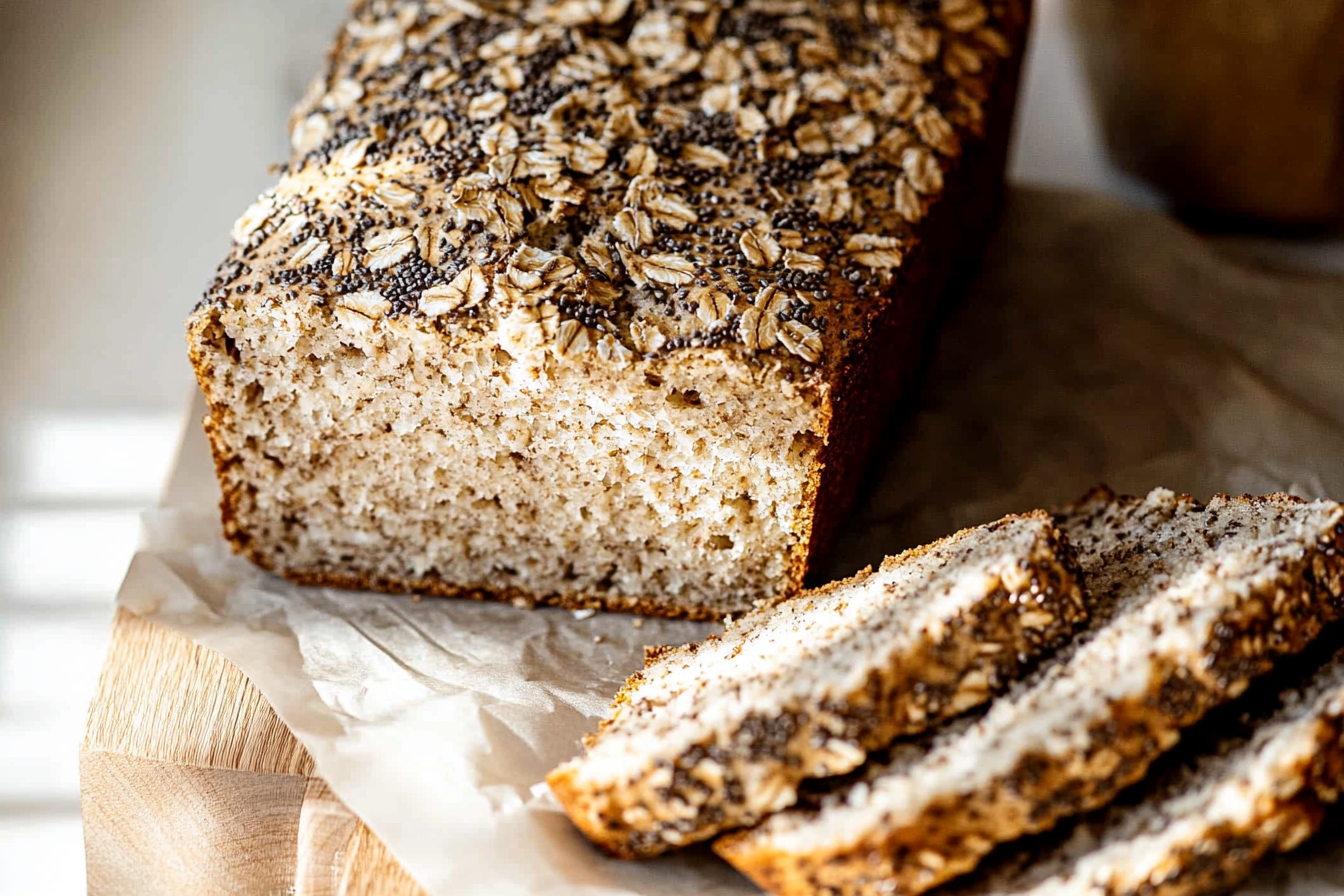
Dietary Adaptations and Substitutions
Gluten-Free Variations
If you are gluten-sensitive or following a gluten-free diet, this recipe can easily be modified. Use gluten-free oats and substitute the regular flour with almond flour, rice flour, or a gluten-free flour blend. Ensure that all ingredients are certified gluten-free to avoid contamination.
Vegan Adaptations
To make this bread entirely vegan, replace the dairy milk with almond milk or coconut milk. You can also use a flax egg (1 tablespoon ground flaxseed mixed with 3 tablespoons water) as a substitute for the egg. These simple swaps make this recipe suitable for plant-based eaters.
Low-Sugar Options
If you’re trying to cut back on sugar, you can reduce or eliminate the maple syrup or honey in the recipe. Use a natural sweetener like stevia or monk fruit to maintain the sweetness without the extra sugar. You can also add mashed banana or unsweetened applesauce for added sweetness without added sugars.
Keto-Friendly Modifications
For those following a keto diet, make the bread more suitable by substituting almond flour for all-purpose flour. You can also replace the liquid with unsweetened coconut milk and use a low-carb sweetener like erythritol or stevia.
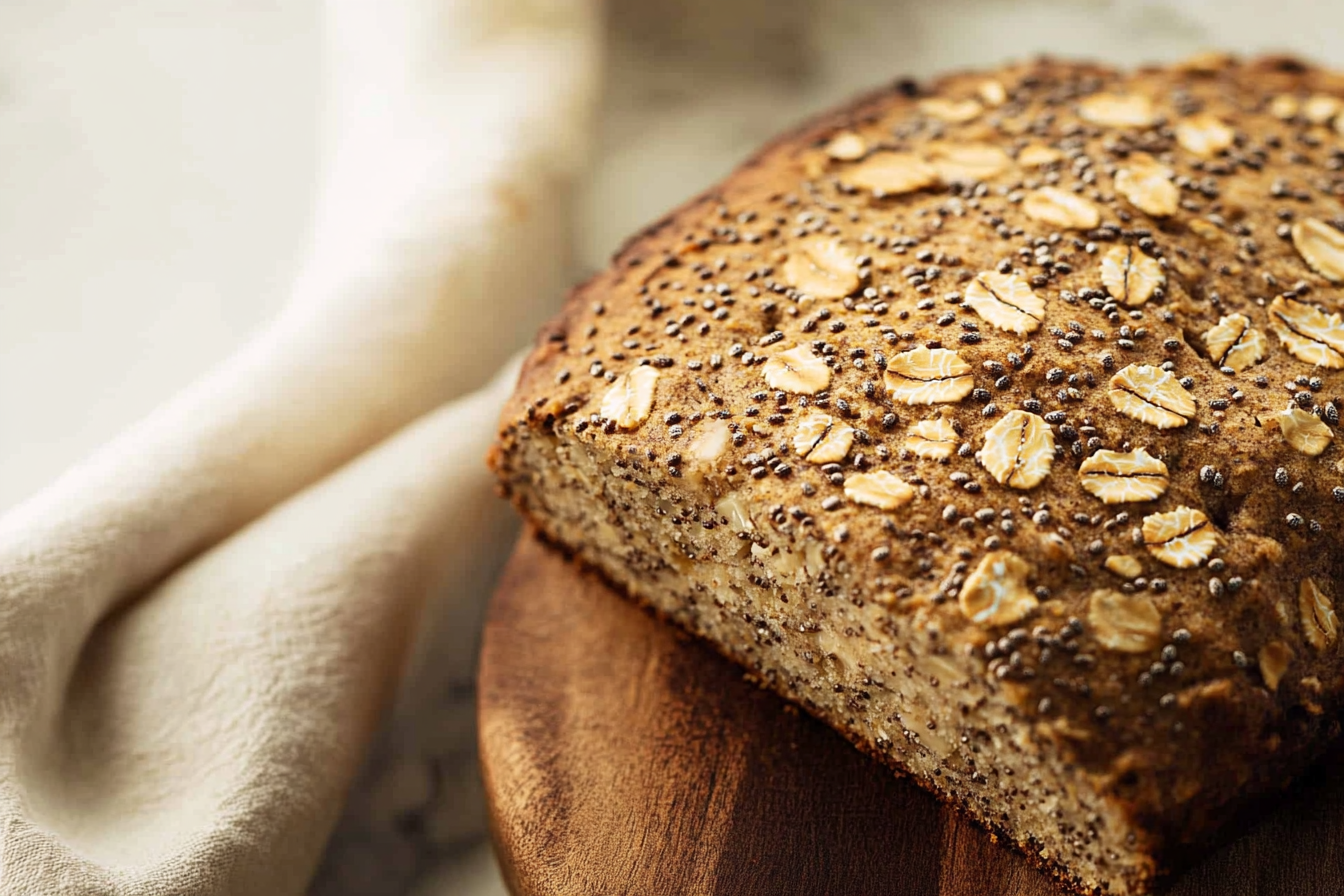
Frequently Asked Questions (FAQs)
Can I use instant oats instead of rolled oats?
While rolled oats provide the best texture for this recipe, you can substitute instant oats if that’s what you have available. Keep in mind that the texture of the bread may be a bit softer. If you prefer a heartier texture, stick with rolled oats.
How do I know when the bread is fully baked?
To check if the oatmeal and chia bread is done, insert a toothpick into the center of the loaf. If it comes out clean or with just a few crumbs, the bread is ready. If the toothpick comes out wet, bake the bread for a few more minutes.
Can I use other seeds instead of chia seeds?
Yes, you can substitute chia seeds with other seeds like flaxseeds or pumpkin seeds. Keep in mind that chia seeds help with the bread’s structure, so using other seeds may slightly alter the texture of the bread.
How can I make the bread sweeter?
To make the bread sweeter, simply increase the amount of maple syrup or honey in the recipe. You can also add more dried fruit, such as raisins or dried cranberries, for natural sweetness.

Conclusion and Final Thoughts
Summary of Oatmeal and Chia Bread
Oatmeal and chia bread is a perfect choice for those seeking a healthier alternative to traditional bread. This fiber-packed bread is made with oats, chia seeds, and other wholesome ingredients that provide numerous health benefits. Whether you’re looking for a gluten-free, vegan, or high-fiber option, this recipe is highly customizable to meet various dietary needs.
Why Try Oatmeal and Chia Bread?
This bread is not only delicious but also versatile. You can easily modify the recipe to suit your dietary preferences and flavor preferences. It’s a great option for breakfast, snacks, or even as a side for soups and salads. The best part? You can make it at home with minimal effort.
Give It a Try!
If you’re ready to experiment with this healthy bread recipe, be sure to follow the instructions and enjoy the process. Don’t forget to share your variations and feedback in the comments below. Happy baking!


